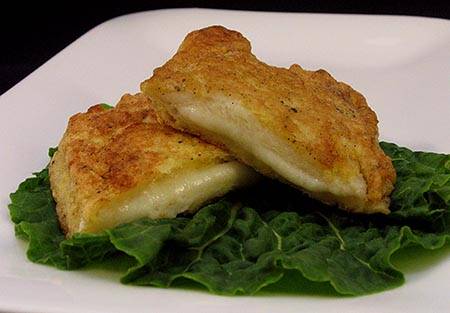 I have been taking advantage of the cold weather to do some closet cleaning. Last week I stumbled upon a box of recipes that I moved cross country a couple of times.
I have been taking advantage of the cold weather to do some closet cleaning. Last week I stumbled upon a box of recipes that I moved cross country a couple of times.
Even though I know I shouldn’t have bothered with a box with contents I have happily lived without for 14 years, I couldn’t help but look through it.
On top was an article on the foods of Gascony. I saved it not because I believed I would be making confit of duck and pate de foie gras any time soon, but because of a pull-quote: “Here we eat salty, fatty food and live to be very, very old.” Who doesn’t want that?
Beneath it were recipes for comfort food that I clipped from Better Homes and Gardens whenever I found myself longing for my mom’s kitchen while living in New York. What can I say? Sure there were Italian pastries, Kosher delis and the fantastic, ultra cheap Cuban restaurant a few blocks from my office, but it seemed important at the time to have half a dozen recipes for pies and casseroles close at hand.
Near the bottom of the box were recipes I saved from Seventeen magazine as a child. I don’t know who the food editor was back then, but he/she actually was doing a great job introducing impressionable teens to classic French cuisine like cassoulet and crepes. Of course, most of the magazine’s readers probably preferred ogling Scott Baio to learning how to cook and are now feeding their children Lunchables, which is the only way I can explain the existence of this item.
Really, are you too lazy to make a sandwich?
If you are, you can stop reading because on the very bottom of the box was the one scrap of paper worth moving thousands of miles, a hand-scrawled recipe for a sandwich: mozzarella in carrozza. As teens, my sister and I saw them being made on a cooking show one day and attempted to make them at least once a week for the rest of our summer vacation even though we lacked the right cheese. Thankfully fresh mozzarella now is available in most grocery stores, as well as through specialty retailers. It’s also an easy enough to make your own.
However, like many Italian foods, mozzarella in carrozza has suffered in translation to U.S. plates. Historically it is a way to use up day old bread with ingredients that would be abundant on a typical Italian farm: cheese, eggs, milk, and olive oil. It is simply a battered, fried cheese sandwich. Think French toast with a center of melted mozzarella. Thus, it does not require being slathered with pesto or doused with marinara sauce as some on the Food Network suggest. It also is not made with thyme as one misguided blogger suggests. Although if you are making this sandwich in summer, it is improved by tucking a couple of fresh basil leaves in with the cheese. Having it as an adult, I can also appreciate a drizzle of balsamic vinegar to cut its richness.
Made well, mozzarella in carrozza is one of those dishes that is elegantly simple and yet an in-the-face reminder that the Italians really do, do it better.
You will want to use tight-crumbed bread for this sandwich to keep the cheese from leaking out. Choose something like an Italian loaf, or a sturdier white sandwich bread. Whole wheat is too dense and akin to ordering a diet Coke with a cheeseburger — this is not health food, it’s a fried cheese sandwich.
Mozzarella in Carrozza (makes 2 sandwiches)
- 4 slices day old bread, ideally with a tight crumb/grain like Italian bread or a substantial white sandwich bread
- 2-4, 1/8″ thick slices fresh mozzarella depending upon the size of the bread slices
- 1/2 c milk
- ¼ c flour (all purpose flour, or bread flour, if you have it)
- 1 egg (2 if small)
- 2 t water
- Dash salt and pepper
- Light olive oil for frying, extra virgin will burn
- Balsamic vinegar if desired
Heat 1/8″ of oil in a heavy skillet over moderate heat, cast iron works well. Pour milk in a shallow bowl. Place flour in another. Beat egg with water in a third. Slice bread into ¼-inch thick slices. Trim crusts from bread. Place cheese on bread leaving a ½-inch border for sealing. Crimp edges as best you can, though bread may not seal at this point. Dip sandwich in milk. Crimp edges to seal. Dredge in flour. Seal any remaining gaps in edges. Dip in egg. When oil is hot enough to sputter when a drop of egg is added, place sandwich in pan. Cook until golden brown. Turn. Blot on paper toweling. Serve immediately with a drizzle of balsamic vinegar if desired.








